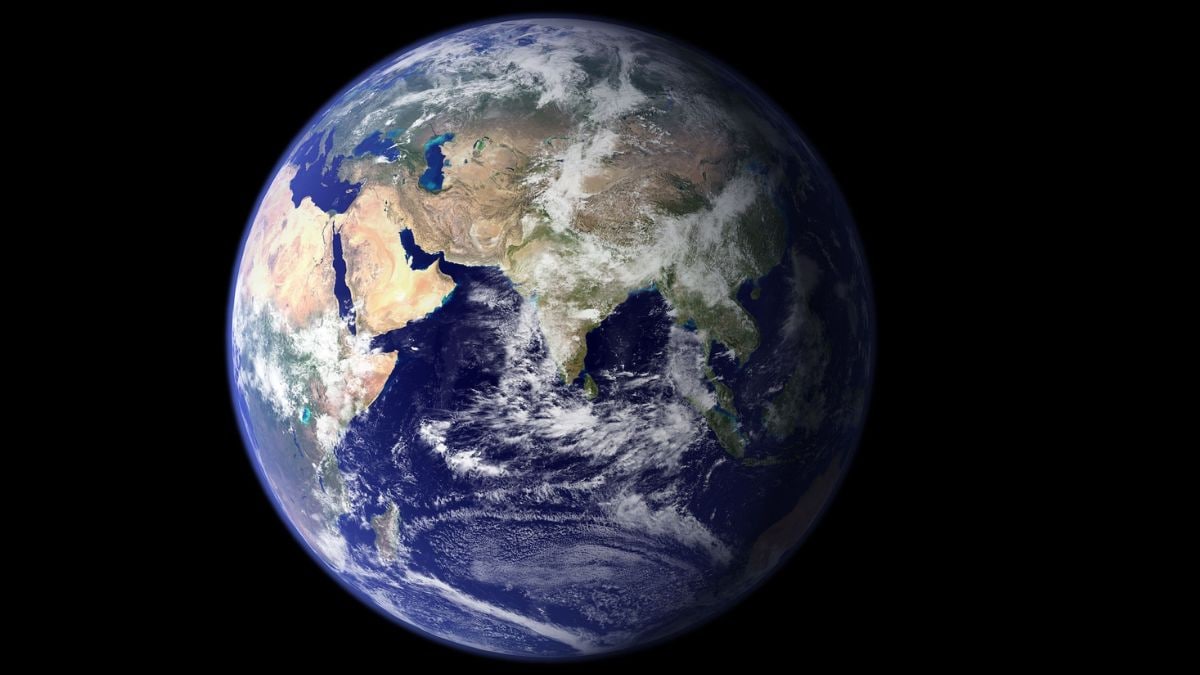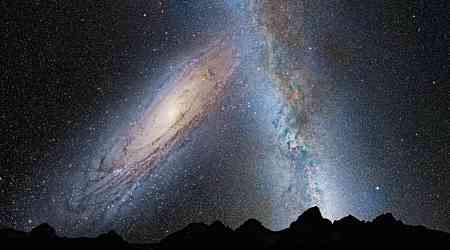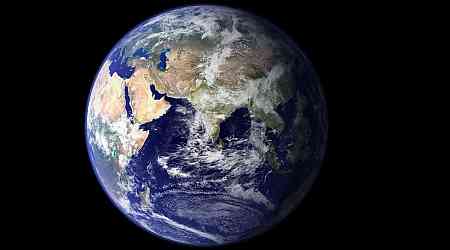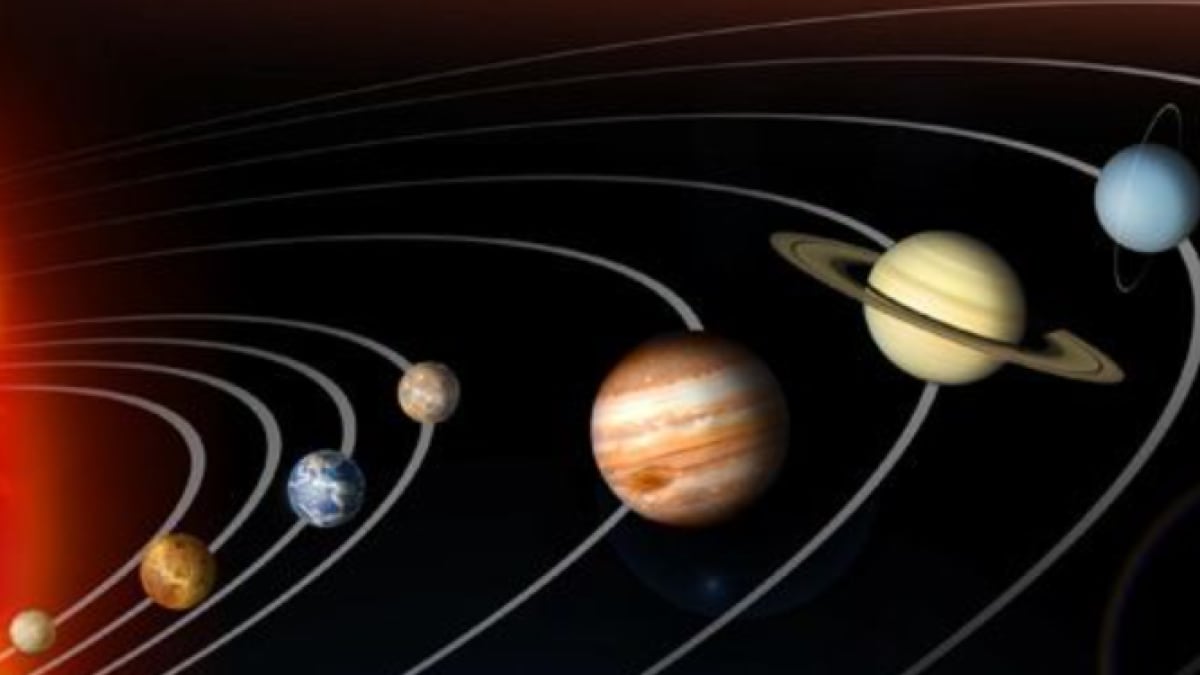New research suggests that peculiar zones in the Earth's mantle, where seismic waves slow dramatically, may be more common than previously thought. These ultra-low velocity zones (ULVZs) have intrigued scientists for years due to their ability to slow seismic waves by up to 50 percent. Recent findings indicate that these enigmatic features could be present across large areas of the mantle, not just near volcanic hotspots like Hawaii.
Uncovering ULVZs
ULVZs are found in the lower mantle near the boundary with the core. They were initially linked to volcanic hotspots, where molten rock rises from deep within the Earth. However, a new study led by geologist Michael Thorne, published in AGU Advances, suggests these zones might be widespread. Thorne's team used data from deep earthquakes to model seismic wave travel and discovered patterns indicative of these slow-down zones beyond previously known locations.
Revealing New Insights
The research focused on waves from powerful quakes, which travel through various layers of the Earth, including the core and mantle. Precursor PKP waves, which arrive before the main seismic waves, were found to scatter off unknown features in the mantle. This led to the discovery of potential ULVZs not just under specific regions like the western Pacific, but also in areas such as North America, North Africa, and Papua New Guinea.
Possible Origins and Implications
There are theories suggesting that ULVZs might be remnants from ancient meteor impacts or that they could be actively formed today. Thorne speculates that these zones could result from mid-ocean basalt, formed at seafloor spreading ridges, which melts and creates pockets when subducted into the mantle. These pockets might then be redistributed by tectonic activity, contributing to the widespread nature of ULVZs.
Future Exploration
Understanding ULVZs could enhance our knowledge of volcanic hotspots and mantle dynamics. Despite the progress, many questions remain unanswered. As researchers continue to explore these mysterious features, they hope to uncover more about the processes shaping our planet's interior.
































